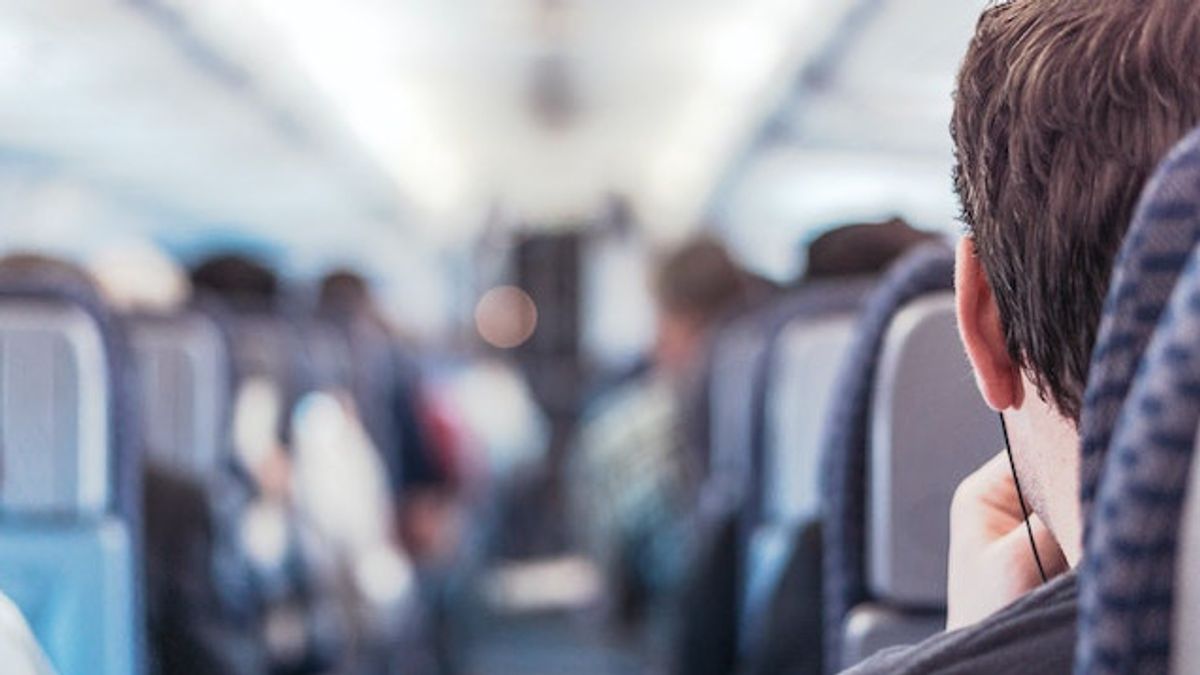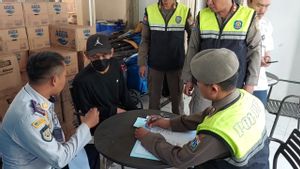
JAKARTA - The idea of flying by plane is one of the safest forms of travel is not always enough to prevent the development of aerophobia. Several aspects of flight ranging from strange movement and sound to being in limited space can trigger flight fear.
However, you can take several steps to help overcome anxiety before and in the middle of the flight. And reduce the impact of this fear on your mental health.
Flying by plane is one of the safest forms of travel. According to the International Air Transport Association (IATA), reported by Psych Central, Tuesday, August 22, you have to fly once a day for 10,078 years to experience plane accidents with the risk of death. IATA also shows that until 2021, only 26 accidents occur from 25.1 million flights.
Compared to car trips, where in 2021 there were more than 40,000 deaths from accidents. Meanwhile, in 2019 it was reported that more than 5 million accidents occurred, with more than 1.9 million people injured and more than 33 thousand people died as a result of the incident.
In other words, you may have a higher chance of having an accident while traveling by car than an airplane and a higher chance of injury or death from a car accident.
Knowing this may not help you fully control anxiety or fear. However, it can give you confidence when stepping into the plane that the chances of getting involved in an accident are very low.
The entire experience of flying can trigger anxiety and fear of flights. Starting from having to arrive at the airport on time, boarding a plane with a limited cabin, hearing noise during flight, feeling changes in pressure when the cabin puts pressure on, feeling the speed of the plane during takeoff or landing, to experiencing turbulence or sudden altitude changes during flight
You can help manage fear by knowing the main triggers in flight. After that, find a way to deal with the trigger. For example, if the turbulence or sudden movement on the plane triggers fear, try to see the reactions of the flight attendants. Who knows that can help you. The flight attendants tend to be calm during turbulence because they often experience it throughout their career.
Cognitive behavioral therapy (CBT) is a form of treatment that is useful in controlling flight fear. In an old study in 2008, researchers found that the same skills a person learned during CBT help reduce anxiety and fear related to flying.
Doctors or psychiatrists can recommend or prescribe anti-anxious drugs for temporary use before flight. You are advised to take medication shortly before flight to help calm your nerves and relax. Some of the drugs doctors may recommend include dirazepam (Valium) or alprazolam (Xanax).
관련 항목:
The more you can control, the better your flight experience will be. Keep in mind, you have at least some control before flying. Taking control helps manage fear.
For example, you can order direct flights without transit, travel only on a larger plane to minimize turbulence, order priority tickets to avoid long queues while boarding the plane, and choose a seat in the middle, after the wing.
There are many techniques used to reduce stress and anxiety. You can try practicing breathing techniques, meditation, listening to relaxed music, and praying more.
If you fly with friends or family members, expressing fear also helps. This can include letting them know what they can do to support you before and during the flight.
Fear of flying is a common problem caused by several factors. You can take steps to overcome fear, including formal treatment options, such as CBT or treatment. Or use the skills of overcoming fear to help you reduce overall fear or anxiety before and during flight.
The English, Chinese, Japanese, Arabic, and French versions are automatically generated by the AI. So there may still be inaccuracies in translating, please always see Indonesian as our main language. (system supported by DigitalSiber.id)

















